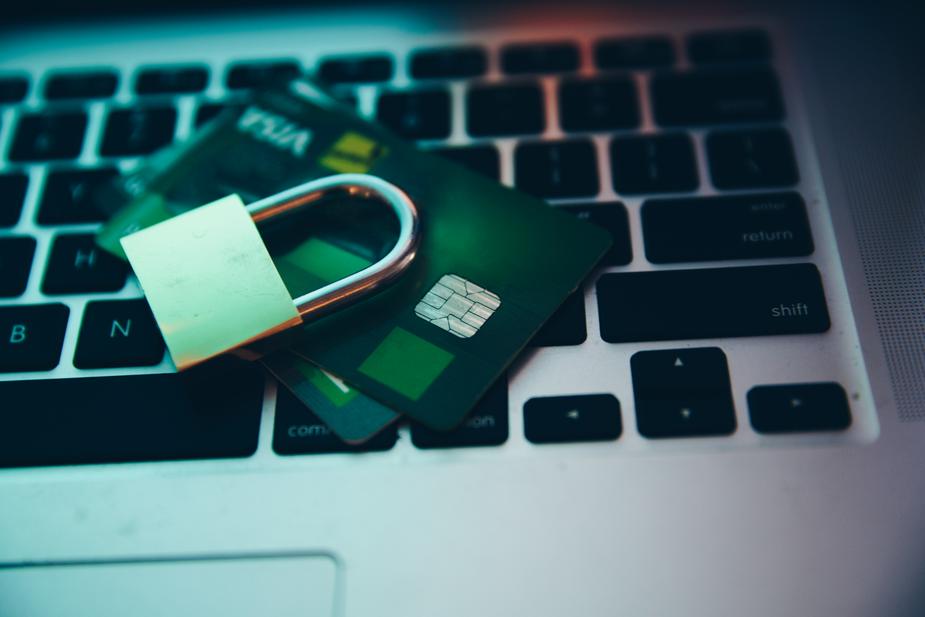Fraud techniques are constantly changing and it can be difficult to stay updated on all the new scams taking place. Below is a list of some of the common fraud trends for 2020 and how to prevent yourself from falling victim.
Computer/Account Takeover
Computer and account takeovers seem to be the most prevalent scam that is running right now. The most common way this takes place is by a computer owner clicking on an “antivirus” pop up and connecting via phone to a representative. This representative then asks to gain remote access to your computer to install the antivirus software. Once they have gained access they essentially lock you out of your computer and access your accounts and files.
The goal for this scam is to gain access to your online banking accounts. The scammer then moves money around between your accounts to make it look like they have deposited money into your account. And you now owe them a refund. For example, they will move $1,500 from your savings into your checking. Then they will change the transaction description to say “Refund from (company’s name)”. They then delete the transaction from the savings so you can’t see the money is your own.
Once they move the money around, they tell you that you have to refund them before they will give you access to your computer. The most common refund method is to purchase gift cards at Walmart or Target and provide the card’s number to the scammers so they can access the funds electronically. This is an untraceable method of stealing. Financials can’t dispute the purchase of the gift cards since the consumer did authorize the purchase.
Cyber units within the local police and FBI are always working to crack down on these scams, but they are very difficult to trace. Below are some ways to prevent yourself from falling victim to this type of scam.
- Don’t click on antivirus pop ups on your computer
- Don’t allow people remote access to your computer unless they are from a trusted source
- If someone does gain access to your computer or accounts, do not purchase gift cards and give the information to the scammers. Call your financial institution right away!
Phishing Scams
What is a phishing scam?
Phishing is a method of gaining sensitive information such as usernames, passwords, and banking information by disguising oneself as a trustworthy entity.
People usually receive these phishing attempts via email, phone call, or text message. These messages try to trick you into clicking on a link, opening an attachment, or providing information. These messages can claim to be your financial institution alerting you of a problem on your account and asking you to provide your account information as “verification of identity”. They can also talk about suspicious activity or log in attempts. Usually you must confirm personal information to verify yourself or provide payment information.
Once you have provided this information, the scammers can then use it to access your accounts, make fraudulent purchases, change your passwords, etc.
Ways to avoid falling victim to phishing scams:
- Don’t open emails or attachments you weren’t expecting or aren’t familiar with
- Never provide personal information such as social security number, debit/credit card information, online banking passwords, etc. unless they are from a trusted source
- Refrain from clicking on links in emails or social media that are from questionable sources
Card Fraud
Card fraud is one of the most common methods of financial fraud. This can happen by your credit or debit card being stolen and the thief makes unauthorized purchases until you notify your financial institution about the loss of your card.
You can also have fraud on your card while it is still in your possession. This can happen if you use your card at a fuel pump, ATM, or merchant who unknowingly has a skimmer on their card reader. The skimmer transmits all your card information to the scammers who then print a new card with the same information. These cards can then be used as debit or credit to make purchases without your knowledge.
Scammers can also gather your card information online. This can happen either from merchants you have purchased from before or by hacking into a merchant’s card database. These security breaches can give the scammers enough information from your card to make online purchases.
Ways to prevent card fraud:
- Keep a close eye on your account and notify your financial institution about unauthorized transactions as soon as possible
- Use a credit card for online purchases versus a debit card
- This way, if someone gets your card information they can’t steal the money in your account
- Credit card disputes are easier to handle than debit card
- Only make online purchases from trusted websites
- Use ApplePay or Samsung pay (electronic wallets) for in person purchases
- This way, you aren’t swiping a physical card and could prevent skimmer fraud
Sadly, fraud isn’t going away. But if you stay up to date on the trends and keep a close eye on your account you can prevent yourself from becoming a victim.
COVID-19 affecting your financial situation this spring? Head over to our recent blog post which features tips on managing your finances during this health crisis.


